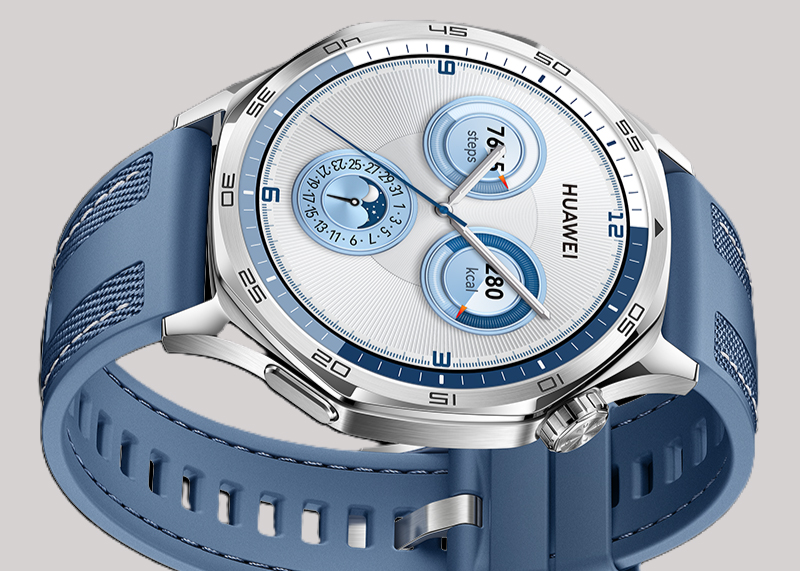
Whether you’re new to exercising or have been incorporating it into your daily routine for most of your life, you may have been told to use a heart rate monitor. This small but mighty device is used to measure your heart rate in beats per minute (BPM) while you work out in real time.
Some exercise machines—like treadmills, cycling bikes, rowing machines, and ellipticals—are equipped with heart rate monitors that measure the electrical signal of your heart through the palms of your hands. Meanwhile, other heart rate monitors, including an electrical chest strap worn over the heart, directly measure heart rate by reading the heart’s electrical signal, explains Marvin Nixon, MS, NBC-HWC, CPT, certified nutrition consultant, and health and wellness coach.
There are also wearable heart rate monitors (like the Apple Watch and Oura Ring) that use LED light to detect the expansions of the blood vessels underneath the skin’s surface that dilate as your heart rate increases. Nixon likes these types of trackers because they can be comfortably worn all of the time and tend to be the most accurate when exercising moderately or at a sustained effort.
Certain smartphone applications have also been purported to help measure your heart rate, although they may not be as accurate as dedicated heart rate monitors.1 No matter what type of heart rate monitor you choose, wearing one during exercise can benefit your health and wellness. Find out the top five reasons you may want to wear a heart rate monitor.
Reason 1: Optimize Workout Intensity
Heart rate monitors measure your heart rate in beats per minute to provide you with information about which of the five heart rate zones you’re in—low intensity, moderate intensity, aerobic, vigorous intensity, and maximum intensity.
Your target heart rate zones are based on your age.2 Here is a closer look at the various zones.
| Zone 1 | Zone 2 | Zone 3 | Zone 4 | Zone 5 | |
| Age | Low Intensity (57%-63%) | Moderate Intensity (64%-76%) | Aerobic Zone (70%-80%) | Vigorous Intensity (77%-95%) | Maximum Intensity (96%-100%) |
| 25 | 95-114 | 114-134 | 133-152 | 143-162 | 190 |
| 35 | 92-110 | 110-128 | 128-147 | 138-156 | 183 |
| 45 | 88-106 | 106-124 | 124-141 | 133-150 | 177 |
| 55 | 95-102 | 102-119 | 119-136 | 128-145 | 170 |
| 65 | 82-98 | 98-114 | 114-131 | 123-139 | 163 |
| 75 | 78-94 | 94-110 | 110-125 | 117-133 | 157 |
Your level of intensity is directly related to your heartbeat per minute, as this is a reflection of how hard your heart is working to pump blood and oxygen to all of the muscles in your body, Nixon explains. Knowing which heart rate zone you’re currently in while you’re exercising can help guide—and even optimize—your workouts to help you reach your fitness goals.
“The higher the heart rate the harder we are working and the more oxygen that is being used to create energy and the more waste products like CO2 are removed from our bodies,” explains Nixon. “To be metabolically flexible, we need to train partially in high heart rate zones, as well as lower zones to build strength and appropriately recover between sets.”
Reason 2: Track and Improve Fitness Level
When you’re tracking your heart rate using a monitor, your numbers will be a reflection of how hard your heart is working to pump blood and oxygen to the muscles in your body. Over time and through training, you will notice that your heart rate doesn’t get as high as quickly as it once did, which shows your level of endurance and progression, explains Nixon.
As you do the same amount of exercise, you will see your heart rate is more moderate, explains Nixon. That shows that you are fit for the exercise you are doing.
Reason 3: Prevent Overexertion and Injury
Heart rate monitors tell you how hard your heart is working. Of course, you don’t want to overwork your heart or push yourself to an unhealthy limit. While challenging yourself and increasing your endurance helps you reach your fitness goals, Nixon notes that unless you are training as a world-class sprinter, there is not a lot of reason to exercise at the top of zone four or in zone five.
“Pushing yourself too hard will make your recovery longer and may even negatively impact performance the next session,” he says. “By monitoring where your heart rate is while you exercise, you can better calibrate your intensity to allow for faster recovery and a more consistent exercise routine.”
If you’re performing high-intensity workouts or high-intensity interval training (HIIT), knowing your heart rate is especially important so you don’t burn yourself out. It also can help you gauge how long you may need to recover to perform your best at the next workout.
Reason 4: Enhance Weight Loss and Calorie Burn
Heart rate monitors can estimate calorie expenditure during exercise by using a formula that takes into account a myriad of factors, including your age, weight, gender, and heart rate, as well as the duration and level of intensity of your exercise.3 This is an estimate, so it’s not always 100% accurate. The formulas start with about 100 kCal per 10 minutes as a base and then increase based on intensity, explains Nixon.
“By monitoring that you are exercising in a zone that is high enough to burn fat but has not gone so high that you are burning more glucose than fat as fuel, you can spend the most time in a higher state of fat burning,” he says.
Reason 5: Personalize Training Programs
When you’re monitoring your heart rate, you can identify which heart rate zone you’re currently in, which can help you tailor your workouts to achieve specific fitness goals. For example, if you’re training for endurance or to enhance your body’s ability to withstand a certain type of exercise, you will want to spend the majority of your workout in the aerobic heart rate zone, according to Nixon. (That’s between 70% and 80% of your maximum heart rate.) If you’re training for speed, on the other hand, you’ll want to spend more time in your anaerobic zone (80%-90% of your maximum heart rate) or how your body produces energy when using little to no oxygen.
Monitoring your heart rate can also help prevent you from overtraining by delivering real-time feedback on your level of exercise intensity. Because overtraining can inevitably lead to fatigue, decreased athletic performance, and even injury, a heart rate monitor can be an invaluable tool to help you reach your fitness goals.
Bottom Line
Heart rate monitors can be fundamentally beneficial in enhancing your workouts, protecting you from overtraining, and helping you track your progress so you can better measure your exercise goals. No matter where you are in your fitness journey, everyone can benefit from using a heart rate monitor when exercising.
Credit: verywellfit




